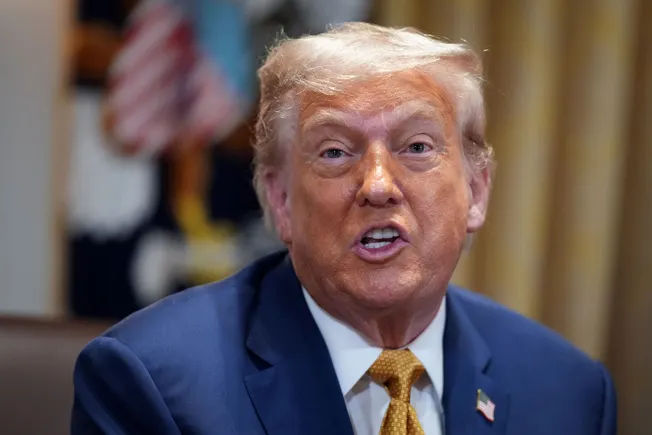President Donald Trump recently announced his plans to introduce significant tariffs on copper and pharmaceutical imports. During a cabinet meeting, he mentioned that the tariffs could be as high as 50% for copper and up to 200% for pharmaceutical products. While the official announcements are expected to come soon, Trump assured pharmaceutical importers that they would have at least a year to adjust their strategies before the levies take effect.
Earlier this year, the Trump administration launched Section 232 investigations into various imports, including copper, pharmaceuticals, critical minerals, and semiconductors. These investigations typically precede the implementation of sector-specific duties, similar to the 50% tariffs imposed on aluminum and steel by Trump earlier this year. Additionally, the administration has also imposed a 25% tariff on foreign-made cars and auto parts.
The probe into the copper sector, initiated in February, aims to assess the impact of imported copper on domestic production and demand. Similarly, the Commerce Department is conducting an investigation into the pharmaceutical supply chain, focusing on both generic and branded pharmaceutical products, as well as their active ingredients.
The planned grace period for pharmaceutical importers has been seen as a positive development for the sector, which heavily relies on production capacity in countries like Ireland, Switzerland, the Netherlands, India, and China. Many generic medicines and drug ingredients are sourced from these countries.
Trump’s announcement of new sector-specific tariffs comes shortly after delaying the return of country-specific reciprocal duties to August 1. Details about the rates that imports from countries like Japan and South Korea will face once the reciprocal tariff pause is lifted have also been released.
This move by the Trump administration has implications for various industries and could potentially impact global trade dynamics. Stay tuned for further developments as the situation continues to unfold.
Written by [Author Name] for [Publication Name] on [Date].


